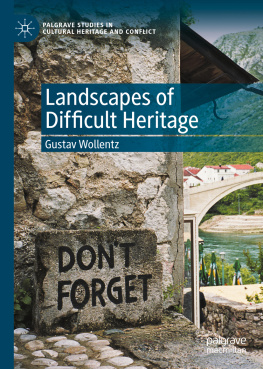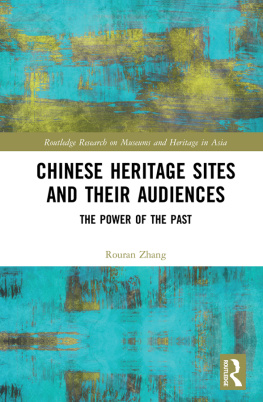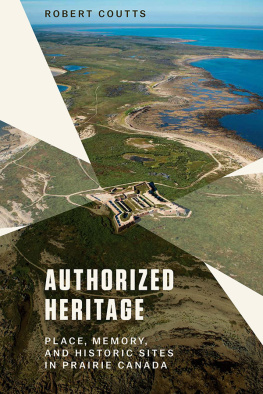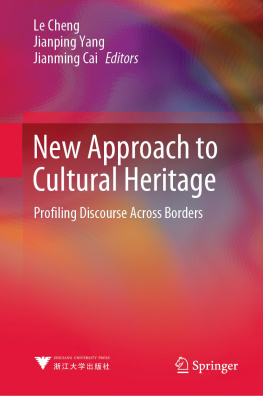Palgrave Studies in Cultural Heritage and Conflict
Series Editors
Ihab Saloul
University of Amsterdam, Amsterdam, Noord-Holland, The Netherlands
Rob van der Laarse
University of Amsterdam, Amsterdam, Noord-Holland, The Netherlands
Britt Baillie
Wits City Institute, University of the Witwatersrand, Johannesburg, South Africa
This book series explores the relationship between cultural heritage and conflict. The key themes of the series are the heritage and memory of war and conflict, contested heritage, and competing memories. The series editors seek books that analyze the dynamics of the past from the perspective of tangible and intangible remnants, spaces, and traces as well as heritage appropriations and restitutions, significations, musealizations, and mediatizations in the present. Books in the series should address topics such as the politics of heritage and conflict, identity and trauma, mourning and reconciliation, nationalism and ethnicity, diaspora and intergenerational memories, painful heritage and terrorscapes, as well as the mediated reenactments of conflicted pasts.
Professor Ihab Saloul is founder and research co-director of the Amsterdam School for Heritage, Memory and Material Culture (AHM) at University of Amsterdam and Professor of Memory Studies and Narrative at the Umberto Eco Centre at Bologna University. Salouls interests include cultural memory and identity politics, narrative theory and visual analysis, conflict and trauma, Diaspora and migration as well as contemporary cultural thought in the Middle East.
Professor Rob van der Laarse is professor of Conflict and War Heritage at and the University of Amsterdam and VU University Amsterdam, and he was the founding director of the Amsterdam School of Heritage, Memory and Material Culture. Van der Laarses research focuses on (early) modern European elite and intellectual cultures, cultural landscape, heritage and identity politics, and the cultural roots and postwar memory of the Holocaust and other forms of mass violence.
Dr. Britt Baillie is an Honorary Research Fellow at the Wits City Institute, University of the Witwatersrand and a founding member of the Centre for Urban Conflict Studies at the University of Cambridge. Baillies interests include the politics of cultural heritage, urban heritage, religious heritage, living heritage, heritage as commons, and contested heritage.
More information about this series at http://www.palgrave.com/gp/series/14638
Gustav Wollentz
Landscapes of Difficult Heritage
1st ed. 2020

Logo of the publisher
Gustav Wollentz
Nordic Centre of Heritage Learning and Creativity, stersund, Sweden
ISSN 2634-6419 e-ISSN 2634-6427
Palgrave Studies in Cultural Heritage and Conflict
ISBN 978-3-030-57124-5 e-ISBN 978-3-030-57125-2
https://doi.org/10.1007/978-3-030-57125-2
The Editor(s) (if applicable) and The Author(s), under exclusive license to Springer Nature Switzerland AG 2020
This work is subject to copyright. All rights are solely and exclusively licensed by the Publisher, whether the whole or part of the material is concerned, specifically the rights of translation, reprinting, reuse of illustrations, recitation, broadcasting, reproduction on microfilms or in any other physical way, and transmission or information storage and retrieval, electronic adaptation, computer software, or by similar or dissimilar methodology now known or hereafter developed.
The use of general descriptive names, registered names, trademarks, service marks, etc. in this publication does not imply, even in the absence of a specific statement, that such names are exempt from the relevant protective laws and regulations and therefore free for general use.
The publisher, the authors and the editors are safe to assume that the advice and information in this book are believed to be true and accurate at the date of publication. Neither the publisher nor the authors or the editors give a warranty, expressed or implied, with respect to the material contained herein or for any errors or omissions that may have been made. The publisher remains neutral with regard to jurisdictional claims in published maps and institutional affiliations.
Cover credit: Matt Carr, Getty Images.
This Palgrave Macmillan imprint is published by the registered company Springer Nature Switzerland AG.
The registered company address is: Gewerbestrasse 11, 6330 Cham, Switzerland
Dedicated to those who did not forget
What would I be, if it were not for you?
With love to Jessica
Acknowledgements
There are so many people who have helped me out in the process of preparing this book that it is difficult to know where to begin. However, ultimately, nothing of this would have been possible if it had not been for the Graduate School Human Development in Landscapes (GSHDL) at Kiel University. The research was funded by the German Research Foundation (DFG) through the GSHDL [Grant name GSC 208/2]. The GSHDL provided me with an excellent working environment full of friendly colleagues involved with their own fascinating projects. I want to start off by thanking Johannes Mller, Antonia Davidovic-Walther and Cornelius Holtorf. Johannes Mller supported and trusted me in this project throughout the whole process. Antonia Davidovic-Walther provided invaluable help for me when preparing the fieldwork. I am also very thankful for the engaging discussions and for her sharp comments on various drafts. Cornelius Holtorf served as a constant rock of support through loads of stimulating conversation and always being there to read and comment on drafts. Thank you, Cornelius, it meant the world to me.
Among my colleagues and friends at the GSHDL, particular thank you goes to Artur Ribeiro for proofreading and for stimulating discussions. I also have to thank my friend and colleague Gianpiero Di Maida, with whom I organized a small but successful workshop in September 2015. Thank you is also directed towards Milinda Hoo and Veronika Egetenmeyr and Christian Horn. In addition to that, among my colleagues and friends at the GSHDL I want to thank Natalia gez, Asli Oflaz, Marianne Talma, Clara Drummer, Marta Dal Corso, Marco Zanon and Stefanie Schaefer. Thank you for all the happy times and good memories!
In preparing and carrying out the field work, a special thank you has to be directed to Marko Barii for all the help provided as a translator during interviews and for his positive spirit and persistent belief in the effort of moving towards a better world. Furthermore, I received fantastic help from Damir Ugljen, Edona Rugova and Dea Luma during the fieldwork, in assisting as translators and advising me while preparing and carrying out the fieldwork. In Mostar, further thank you is directed to Riad ii, Vedrana Tuti imunovi, Tatjana Mievi-uri, Ivanka Milievi-Capek, Edita Vui, Nina uljak and Tino Tomas. In Kosovo, further thank you is directed to Milot Berisha, Boban Todorovi, Enver Rexha and Haxhi Methmetaj.
I also have to extend a big thank you to everyone involved in the Sandby borg project, and especially to Helena Victor for her guidance and help in the work I carried out. I was very happy to become part of the incredible Sandby borg team, and I look forward to continued work including more breath-taking discoveries. Therefore, a big thank you goes to the following amazing people: Ludvig Papmehl-Dufay, Clara Alfsdotter, Fredrik Gunnarsson, Sophie Vallulv, Nicholas Nilsson, Viktoria Sandberg and Daniel Lindskog.








